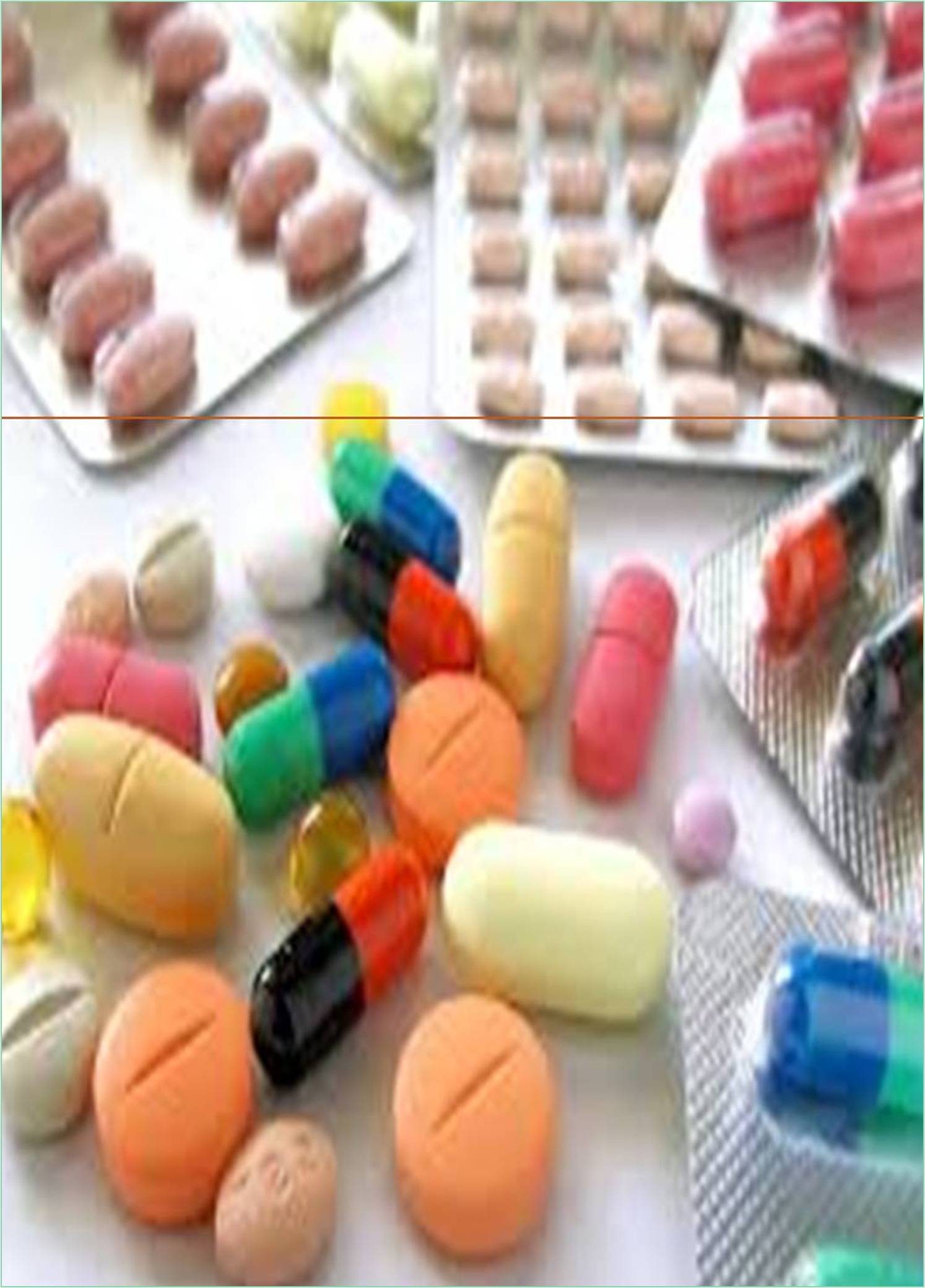



Received: 07-Feb-2022, Manuscript No. GJNN-22-58260; Editor assigned: 09-Feb-2022, Pre QC No. GJNN-22-58260 (PQ); Reviewed: 21-Feb-2022, QC No. GJNN-22-58260; Revised: 24-Feb-2022, Manuscript No. GJNN-22-58260 (R); Published: 28-Feb-2022, DOI: 10.37421/GJPP.22.10.001
Mechanobiology is the study of the important roles that these physical factors play through the mechanotransduction process. It also controls cell function through the mechanical perturbation of protein confirmation by a mechanosensing process. In fact, the ability of cells to perceive energy and the physical environment affects their cytoskeletal organization, which affects their shape and motility. Subsequently, these changes affect cell and tissue function. Actin is a key molecular player in integrated-based synthesis complexes closely related to cytoskeleton. These complexes can detect not only the biochemical factors of the extracellular environment, but also their physical and geometric properties such as elasticity, dimensionality and ligand spacing.
At the cellular level, cell traction forces generated by perceiving and responding to extracellular environments affect many biological processes, such as wound healing, angiogenesis, and metastasis. Therefore, their quantitative characteristic in terms of the magnitude and direction of these forces is useful for understanding or predicting physical and pathological events at the tissue and organ levels. Therefore, molecular, cellular and tissue level understanding of mechanobiology will not only break new ground, but also produce new knowledge and understanding in biomedical sciences research.
The foundation of this developing area of mechanobiology lies in the application of biophysics or biomechanics to understand and describe biological and physiological functions at different hierarchical levels.
It ranges from the structural changes or interactions of proteins that regulate genetic transcription at the molecular level to the protein complexes and modules that drive cell migration, transmitting energy through cell synthesis, and transporting substances within and between cells at the cellular level, including ions. Consequently, these molecular and cellular forces are able to shape cells and tissues. In fact, physical and chemical interactions between cells and between them and the surrounding extracellular matrix determine the complex structure of tissues such as the epithelium. The integration of these physical and biochemical factors in the microenvironment affects processes such as stem cell differentiation and cancer cell metastasis. In fact, innocent mesenchymal stem cells have been shown to adhere to specific phenotypes based on tissue-level elasticity. For example, soft substrates that mimic the brain are shown to be neurogenic, while hard surfaces that mimic muscle are myogenic, while rigid surfaces that mimic bone are osteogenic. It provides important and significant insights into the effect of physical properties of the in vivo microenvironment on stem cell differentiation and leads to potential therapeutic benefits and utilization.
The effect of many mechanical therapies already in clinical use shows just how important physical forces are in physical control. Several examples illustrate this point. Pulmonary surfactant promotes lung development in premature infants; Modification of the tidal volumes of mechanical ventilators reduces morbidity and mortality in patients with severe lung injury. Expandable stents physically inhibit coronary artery stenosis. Tissue enlargements increase the area of skin available for reconstructive surgery. Surgical tension application equipment is used to heal bone fractures, orthodontics, cosmetic breast augmentation and non-healing wounds.
Insights into the mechanical basis of tissue control can lead to the development of improved medical equipment, biomaterials and engineering tissues for tissue repair and reconstruction. The growing list of contributors known for cellular mechanotransmission includes stretch-activated ion channels, cavioles, integrins, catharines, growth factor receptors, myosin motors, cytoskeletal filaments, nucleotides and many more. Endogenous cell-generated traction forces also contribute significantly to these responses, by modulating the tension stress in cells, tissues, and organs that regulate their mechanical stability, as well as mechanical signal transmission from the macroscale to the nanoscale.
Finally, remarkable progress in understanding mechanbiology can only be achieved with the simultaneous development of imaging technologies and molecular biosensors. In particular, genetically encoded biosensors based on Fluorescence Resonance Energy Transfer (FRET) technology are now widely developed and applied in mechanbiology. One of application has been introduced fluorescent proteins and FRET technology and also there discuss mechanotransduction processes in cellular intelligence.